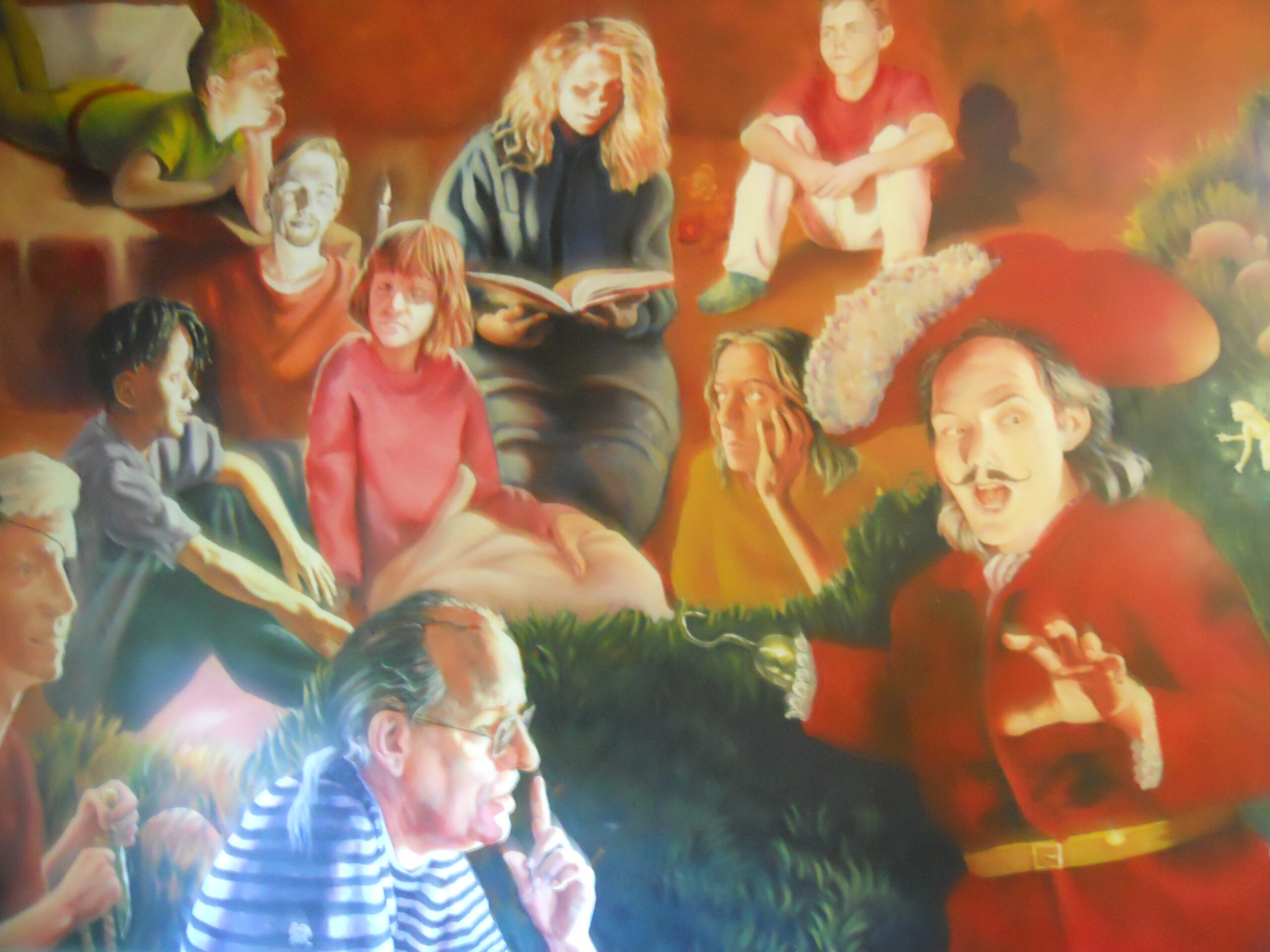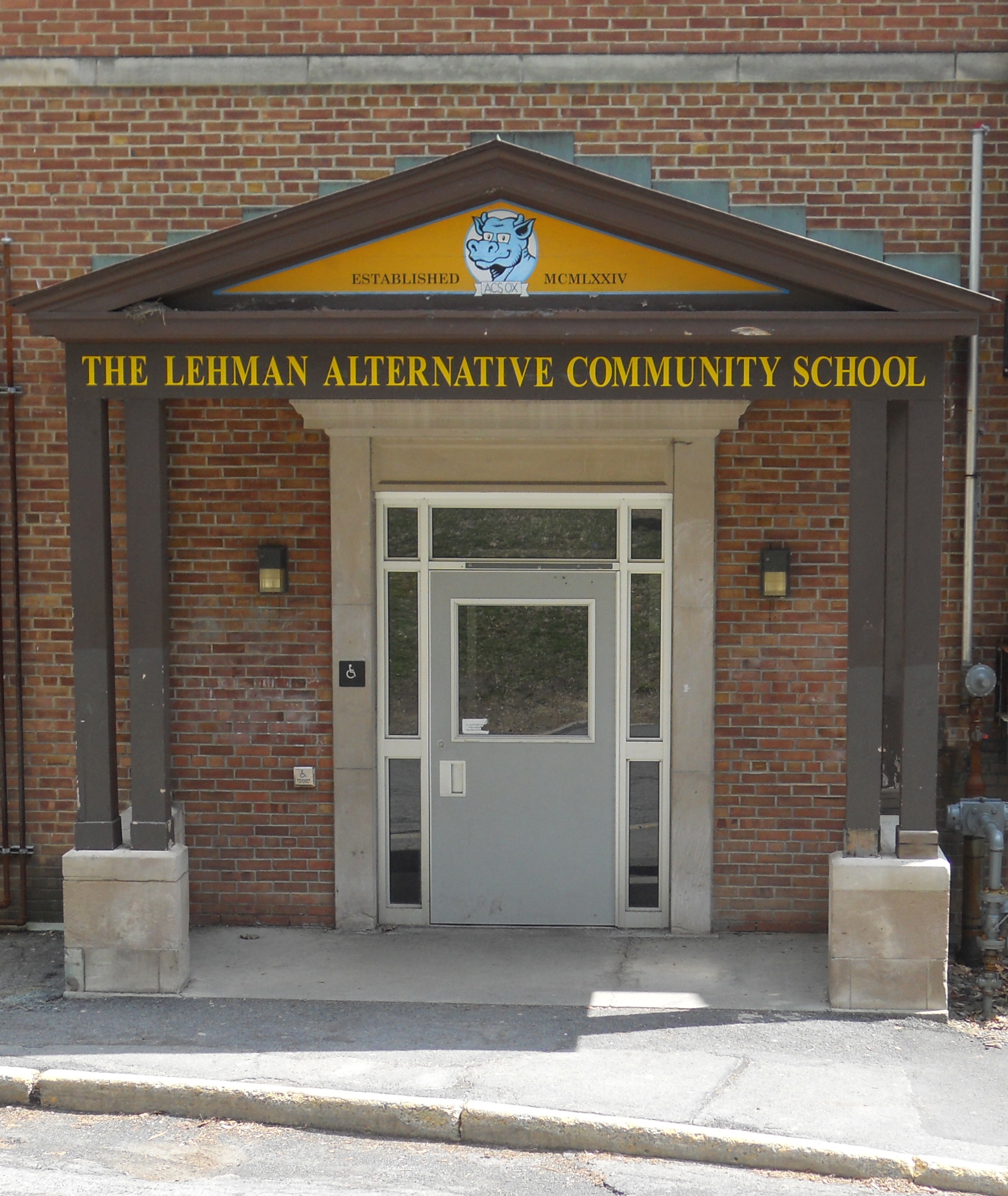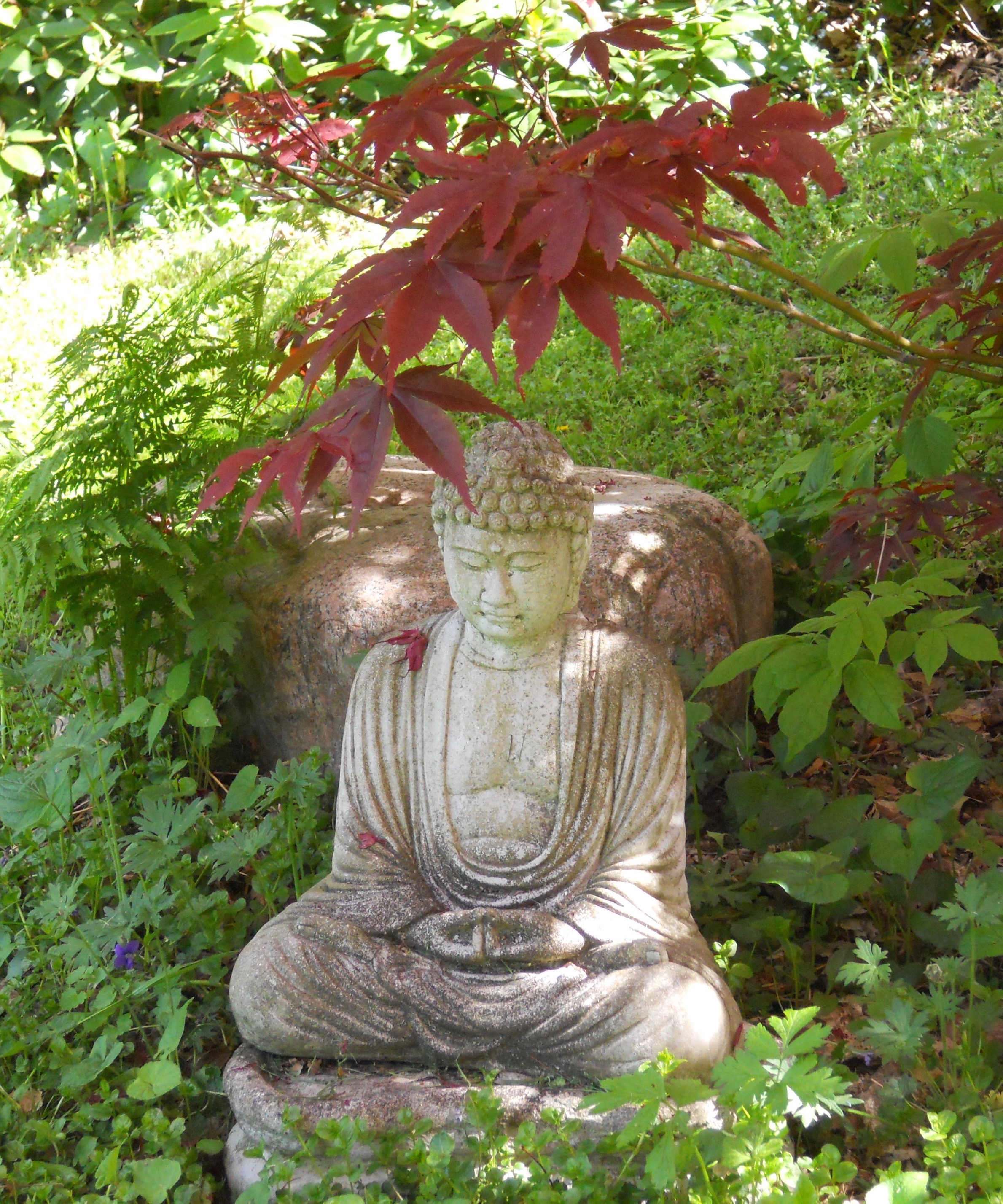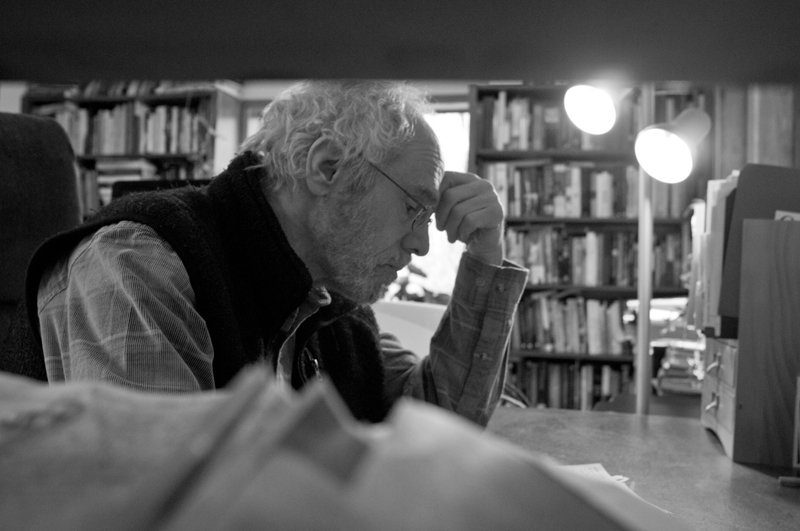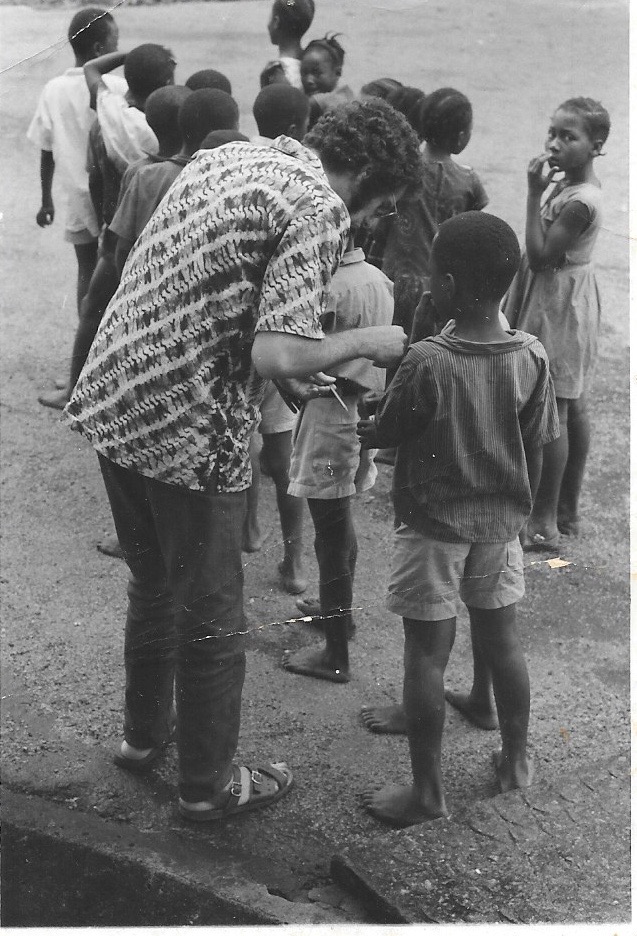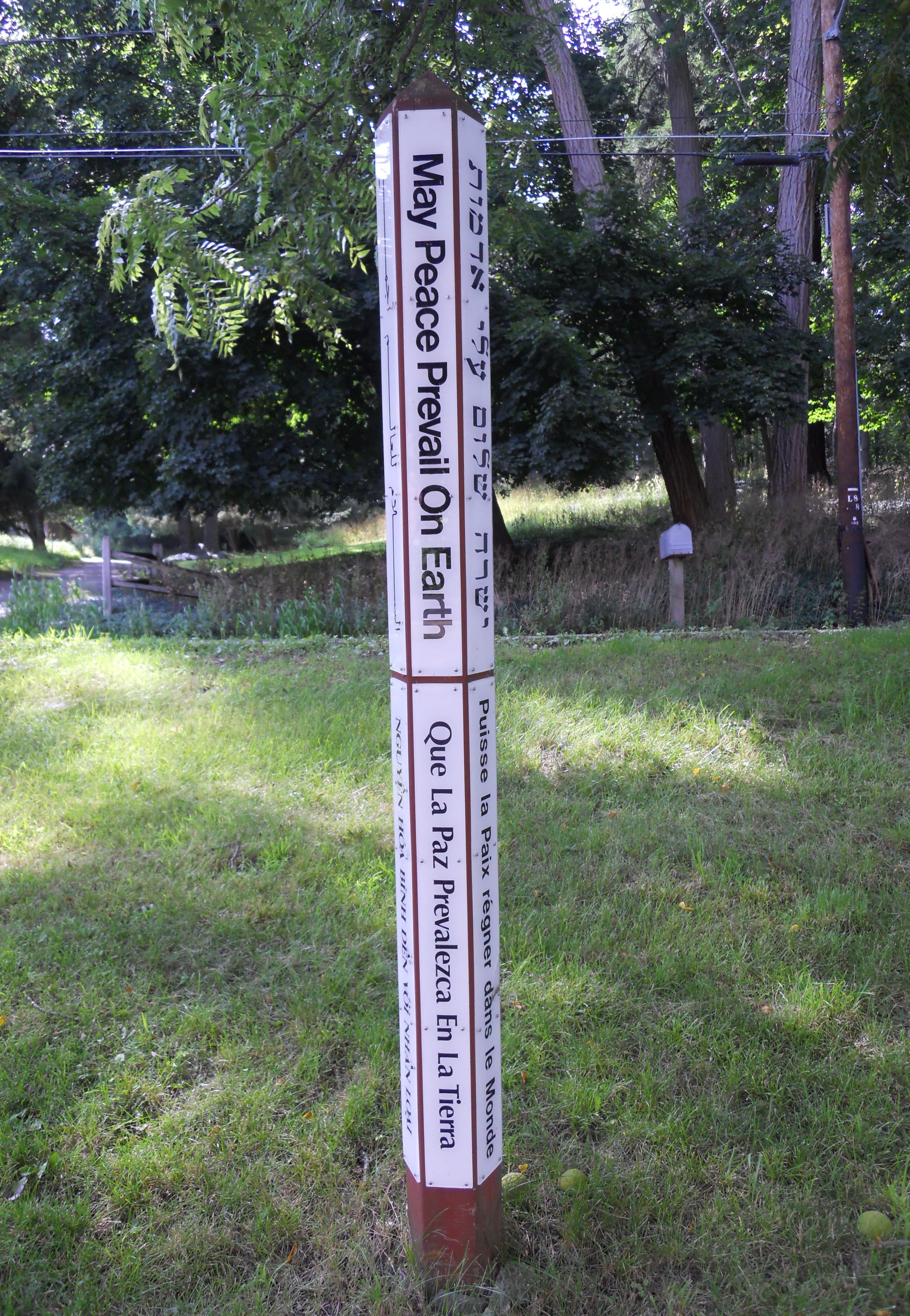For too many students, schools are like factories. They are large institutions where they are inspected, tested, and rated until they are passed on to other schools or employers where they are further tested and rated.
But for others, at least many students from the Lehman Alternative Community School (LACS), a 6-12 public alternative in Ithaca, New York, school is a place where dreams are born. A place where the education of the capacity for imagination, for feeling that life is alive with possibilities, shares the stage with being a knowledgeable citizen and the capacity to think critically. This insight was inspired by a graduate of LACS, John Lewis. When he was a student, he created a mural of Peter Pan characters whose faces were those of students and staff from the school, youthful dreamers dreaming. I was lucky enough to teach there for 27 years.
In July 2014, before the pandemic and when teaching, learning, and gathering was easier, LACS had its 40th Anniversary Celebration reunion. I went to the reunion thinking about all the dreams students had had for their lives, thinking even about my own dreams. How many saw their dreams realized? How many would remember the school, and me, fondly and think we had prepared them well for the world? As soon as I opened the door to the beautiful guesthouse where the first reunion event was held, I had my answer.
But first, think about dreams. There are so many different, even conflicting, ways we use the word ‘dream.’ Night dreams can feel like an expression of what is most intimate to us, unknown to our own conscious awareness as well as to others. So, we often push them away. We live our lives surrounded by a largely unknown territory of our own making.
Then there are daydreams. By daydreams we can mean those moments when we drift from the reality of now into flights of fantasy. Or we imaginatively explore possible courses of action or the meaning of different experiences. We use the mind like a chalkboard or play movies of our own creation and explore scenarios of what might be. We set our mind free.
How well we use our capacity to dream depends on how much we are aware of what we’re doing. After a night-dream, we might think of our self as the hero or heroine. But that can be deceiving. We perceive or experience each scene in a dream from either the perspective of a character in the dream who looks like us or from a “godlike” perspective looking down on it.
We can take this person who looks like us for the self, but I think this is a mistake. I think each dream image is ambiguous, probably in several ways, but one way is that each element of the dream is yours. You are not just any one character but everyone, the whole scene.
When you have the nightmare of being overwhelmed by a flood, you are not just the being overwhelmed. When you are hugged by the love of your life, you are both hugged and hugging. You can take in the whole as revealing something about yourself, not just one element of it.
And this gets us back to the reunion which lasted from Friday night to early Sunday evening. Saturday included an ASM, or All School Meeting, as part of a Symposium on Education. At LACS, once a week the whole school meets to discuss some issue or proposal or to share an event together. So, this was a poignant blast from the past for many graduates….
*To read the whole article, please click on this link to The Good Men Project.
**This is a re-write of an earlier piece published in From the Finger Lakes: A prose Anthology, and on this website.
***Mural by LACS graduate John Lewis.

